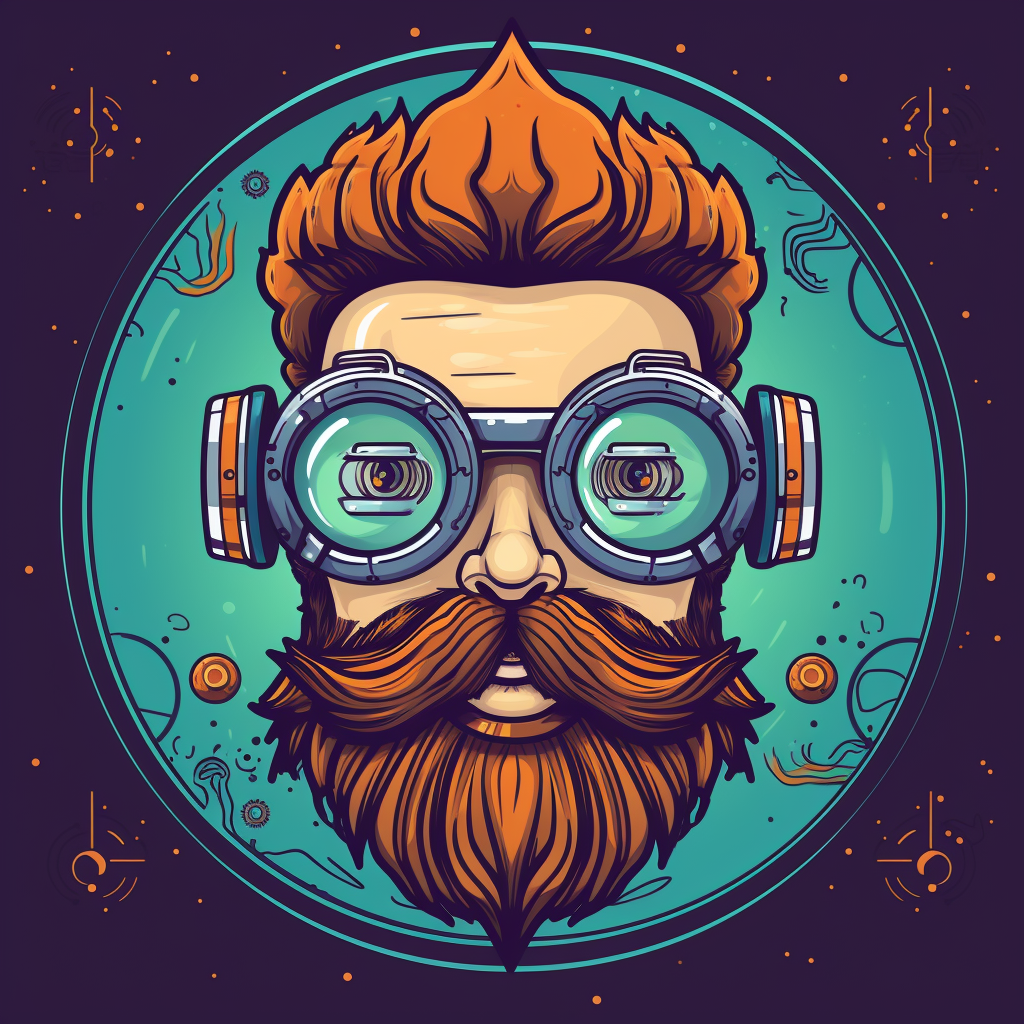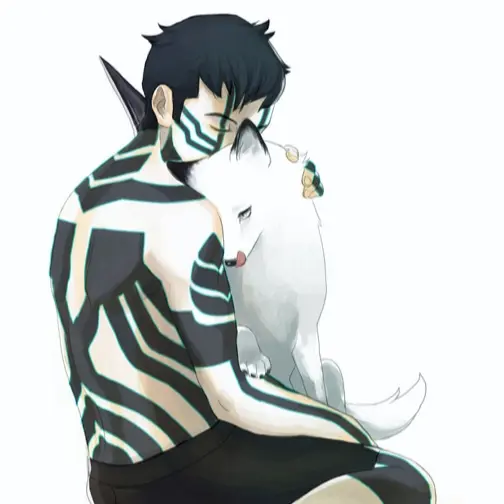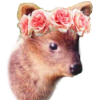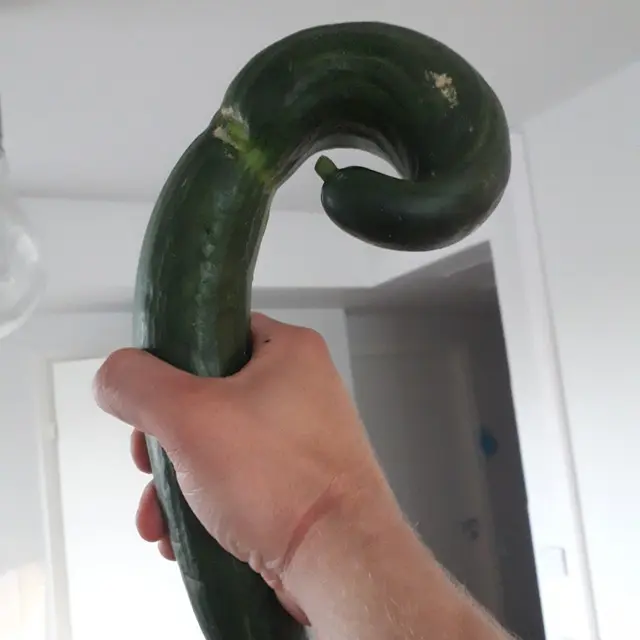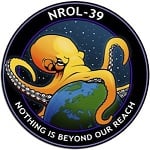Imagine there was a society in which blue eyed people are referred to with blee/bler pronouns, and green eyed people are referred to with glee/gler pronouns, and one day someone from that society saw a brown eyed person and had no idea whether to categorise them as blee/bler or glee/gler
I had to check if I was in the Lemmy equivalent to /r/cremposting… There is one but it’s dead, oh well.
For context, in the Stormlight Archive fantasy series, eye color determines social standing. Blue or green eyes are “light eyes”, and are like nobility. Whereas “dark eyes” are commoners, laborers, etc. There are quite a few few linguistic things related to that, so your thought could fit right in.
That sounds a bit like Aryan fantasy but I’m not jumping to conclusions.
Really I’m not. Interesting concept but the pigmentation of the iris is like skin colour. It ultimately reveals a blue iris if removed.
If it were a glorification of that concept, then sure, but it’s not. Most of the time spent on that particular bit of world building it to point out what a stupid system it is.
Interesting, the series sounds like it’s really worth checking out.
It’s very good if you’re into high fantasy. It’s a time investment, though. 6500 pages and counting.
It’s worth the investment, though. So are his other series.
It’s funny. My introduction to his work was the ending to Wheel Of Time, which I found pretty disappointing. So I avoided his books for a long time. I finally broke down and read Mistborn, and now I’ve been reading Sanderson stuff almost exclusively for a couple years.
I’ve read the series, and it’s not. The characters struggle with the (often nonsensical) established caste system and their role in it, and it’s intended as a mirror to real world caste systems and racial divisions rather than as a celebration of them.
Edit: from what I remember. It’s been a year or two since I read the Stormlight archives.
I got confused at first because I didn’t know about that Sanderson book series and thought you were talking about The Lightbringer Series by Brent Weeks. They develop colored rings (in their eyes) based upon the light spectrums they use, each with their own properties. Their nobility or such being those who use multiple colors and usually their is one Prism, who can use the full spectrum of light. (It touches on a couple outside out view like sub red and ultraviolet as well). Had been awhile since I’d see mention of those books
Never thought of doing Jane Elliott’s lesson with transphobia
Thanks for teaching me about this!
Source if anyone else was interested
Thanks for the link. I had never heard of this either.
Having heterochromia would really suck, people would probably be such dicks about it.
Or albinism
In a similar vein, imagine if we were like cats, and there were skin colors/patterns that only women could get.
Yeah it’s so weird when you think about how arbitrary separating pronouns by gender really is. I feel like it would make way more sense to have multiple ungendered ones that work similar to the way we have this and that to talk about two different inanimate objects
I don’t think it’s all that arbitrary. A bit, sure, but not fully. If i’d have to guess, it probably has to do with the cultural, social and biological relevance of sexual preference in bonding and maybe reproduction and all that.
Language tends to evolve to convey culturally relevant information. You know, like tu/vous or status/relationship distinctions in japanese or the amount of words there are for friendship in arabic.
If that was the case it would be a much more common feature. There are about 7000 languages in the world and only about a hundred of them have that feature.
But, cultures speaking languages with that feature tend to be much more likely to subjugate other cultures than other cultures are.
So, while if you take a random culture on this planet, it most likely won’t have the he/she distinction in their language. But if you take a random human on this planet, they most likely do have it.
Yeah, we have all kinds of labels that are not arbitrary, but also also not 100% accurate in all cases. They only tend to be a problem when people try to treat them as absolutes.
There are plenty of examples of languages with two, three, or no grammatical genders (which don’t always correlate with biological genders—e.g., some languages see ”animate” and “inanimate” as genders.)
If it isn’t arbitrary, why is there so much variation?
Edit: I’m not saying that adding information to nouns by splitting them into rough categories isn’t useful, just that the specific dimension on which we make the split (sex vs animacy vs eye color) is arbitrary.
I think it is, just not fully. You’d be hard pressed to find a language with 6 genders, for example.
This and that are also pronouns, just not personal pronouns. Gendered personal pronouns are common across languages but far from universal.
Mandarin has just “tā”, though it’s distinguished in writing as 他/她/它, he/she/it. Chinese speakers often have trouble correctly using he/she in English - “my girlfriend, he is very attractive” is something I heard.
I also often end up choosing “he” or “she” just randomly unless I specifically pay attention to it, because Finnish doesn’t have that Indo-European peculiarity.
Also, I’ve seen so many young Finnish children get mad at their English teachers in school because until learning of the he/she distinction they had never had to bother tracking the gender of their conversation partner. It’s an extra burden that forces them to look at all their everyday life differently and they demand their teacher to remove that feature so that they don’t need to add that to their life.
“English” way way back was a gendered language across the board, like so many other modern languages still are. The reason modern English is a mostly non-gendered language is because when the Anglo-Saxons and the Danes (Vikings) were in constant contact with each other, the grammatical gender and inflections were not uniformly aligned between the two languages. So early English speakers ended up dropping almost all gender and inflection in their language. Gendered pronouns are some of the oldest words in English, and they’re still hanging on. This kind of makes sense, because we are, of course, biological animals, and as such it is very important for us to be aware of what pairings might produce offspring.
There are still a few things that hold on: some pronouns, and a few different inflections, like “children” instead of “child[e]s”. In English, the “singluar they” has been used since at least early Modern English; Shakespeare used it, for example. It’s usually not effective to try and dictate new words by fiat, especially when such words are intended to replace very old core words in the language. I see the “singluar they” being used much more easily and naturally now than it was when I was younger, and I expect that trend to continue. Eventually, gendered pronouns in English will sound “old-timey”.
I thought the dropping of grammatical gender was a consequence of the creolisation of Anglo-Saxon with French to form English, not of Danish with Anglo-Saxon???
The process took many centuries, and Norman French did play a role, but it certainly started with the Danelaw.
or glee/gler
um it’s called being a gleek thankyouverymuch and guilty as charged ;)
Early Proto Indo European genders were if things had agency/was animate/acted on the world or not. Was pretty much him and it. A car would be a him because it moves around. Same with a river or a weapon. A rock would be an it. A rolling boulder though becomes outside context, since now he’s an animate rock that has enough agency to kill you. You get enough of these inconsistencies and the language just loses the original plot and you just have to memorize it points to Germanic and romance languages
In the Stormlight books by Sanderson, society is split based on eye color; bright eyed vs dark eyed. Bright eyed people are called Brightness or Brightlord. Not exaclty the same as what you said, but it is an interesting society based on eye color.
Breebrer
Weird but I love it


